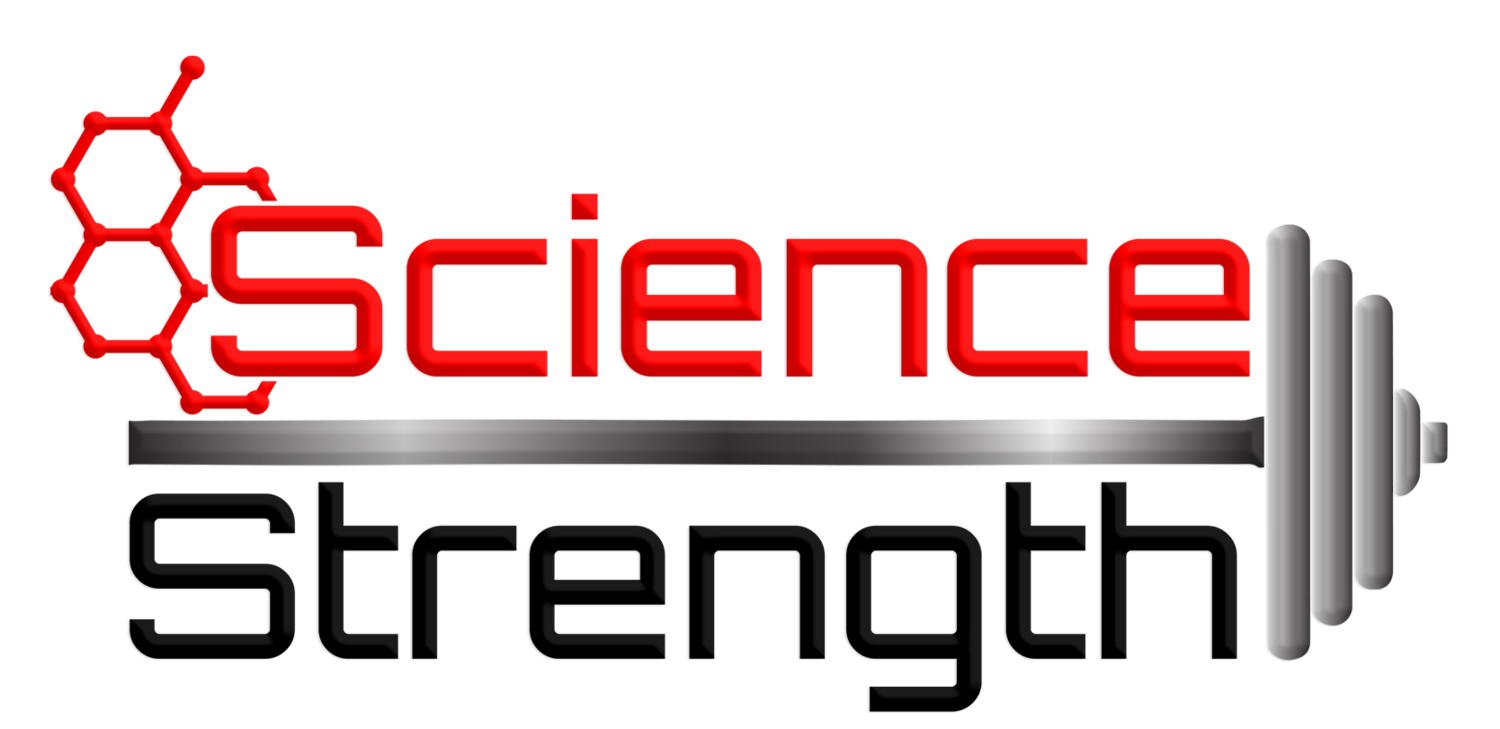Calories in vs. calories out – this is definitely NOT the only determining factor for a successful fat loss diet. We don’t eat just calories. We eat food composed of different nutrients. Different nutrients have different effects on our bodies. For this reason, the same number of calories coming from different sources - fat, protein or carbohydrates – leads to different hormonal responses.1 To go one step further: some food may even be addictive.2 A fat loss diet filled with “wrong” calories and addictive foods is doomed to failure. HORMONES & BODY COMPOSITION
Our bodies secrete many hormones responsible for body composition and satiety regulation: the appetite-suppressing hormone leptin or blood sugar lowering and anabolic hormone insulin, just to name two. Different types of nutrients lead to the formation of different hormones. Some of these hormones promote satiety and energy expenditure, others hunger and energy storage. Eating hunger-promoting foods is certainly undesirable when fat loss is the personal goal. A hunger-promoting effect has been suggested for the consumption of concentrated sources of rapidly absorbable carbohydrates, such as sugary and/or starchy processed foods, because they lead to rapid insulin secretion. Insulin drives the ingested nutrients into the cells causing a brisk drop in blood sugar. This results in food cravings, because the body wants to restore the blood sugar level. It is important to note that in contrast to the popular belief, insulin is not the 'fattening' hormone, it is a satiety hormone.
Additionally, the overconsumption of rapidly absorbable carbohydrates may promote resistance to the satiety hormone leptin by inducing changes in gut microbiota.1 Replacing sugar by non-caloric artificial sweeteners does not necessarily solve this problem. Some sweeteners, such as saccharine, sucralose and aspartame, may promote glucose intolerance and alter gut microbiota. The changed gut microbiota contains bacteria that are more efficient in energy extraction, thus, can get more energy out of the foods we eat. Such alternation in gut microbiota* has previously been associated with diabetes and obesity.3
FOOD ADDICTION
Rapidly absorbable refined carbohydrates not only activate physiological pathways unfavorable for fat loss, but also may lead to addictive-like eating behavior. Fat addition makes it even worse. Chocolate, pizza, ice cream & Co. are the top candidates for addictive foods.2 Also, some research indicates, that excessive fat consumption decreases dopamine production in the brain and is a possible reason for overeating. Dopamine is a neurotransmitter that is responsible brain’s reward mechanisms, also mediating the reinforcing effects of foods.4
HOW TO CHOOSE FOOD FOR A SUCCESSFUL DIET
Ideally, a ‘bulletproof ‘ fat loss diet should consist of foods that
- have a high satiating effect
- don’t promote hunger and energy storage
- don’t result in addictive-like eating behavior
Foods high in protein and fiber have probably the most potent effect on satiety.5,6 Also, foods with high water content are beneficial. When it comes to carbohydrates, choose whole foods with slowly absorbed carbohydrates, such as vegetables, whole grains and fruits (this excludes fruit juices).1,5 Avoid processed foods, high in starchy, sugary carbs and fat, as such foods promote hunger and addictive-like eating behavior.1,2 Also, the consumption of non-caloric artificial sweeteners seems to have a negative effect on health and weight management.3
BOTTOM LINE
Dieting is hard anyway. We should not make it even harder by choosing foods that makes us hungry and lead to overeating because of their 'addiction-promoting' nutrient composition. There are days when we are stressed, tired and less motivated. On such days, we don't have the will power to resist temptations and then it is particularity important to have an 'inherently safe' diet.
*Side note: There are many different factors that can influence gut microbiota. Mostly, there isn't a single culprit for negative health outcomes. In my opinion, insufficient fiber consumption is the most factors that fosters negative changes in gut microbiota.
References:
(1) Lucan, S. C.; DiNicolantonio, J. J. Public Health Nutr. 2015, 18, 571–81.
(2) Schulte, E. M.; Avena, N. M.; Gearhardt, A. N. PLoS One 2015, 10, e0117959.
(3) Suez, J.; Korem, T.; Zeevi, D.; Zilberman-Schapira, G.; Thaiss, C. a.; Maza, O.; Israeli, D.; Zmora, N.; Gilad, S.; Weinberger, A.; Kuperman, Y.; Harmelin, A.; Kolodkin-Gal, I.; Shapiro, H.; Halpern, Z.; Segal, E.; Elinav, E. Nature 2014.
(4) Tellez, L. a.; Medina, S.; Han, W.; Ferreira, J. G.; Licona-Limon, P.; Ren, X.; Lam, T. T.; Schwartz, G. J.; de Araujo, I. E. Science (80-. ). 2013, 341, 800–802.
(5) Gerstein, D. E.; Woodward-Lopez, G.; Evans, A. E.; Kelsey, K.; Drewnowski, A. J. Am. Diet. Assoc. 2004, 104, 1151–3. (6) Arora, T.; Sharma, R.; Frost, G. Appetite 2011, 56, 511–5.
(6) Arora, T.; Sharma, R.; Frost, G. Appetite 2011, 56, 511–5.
